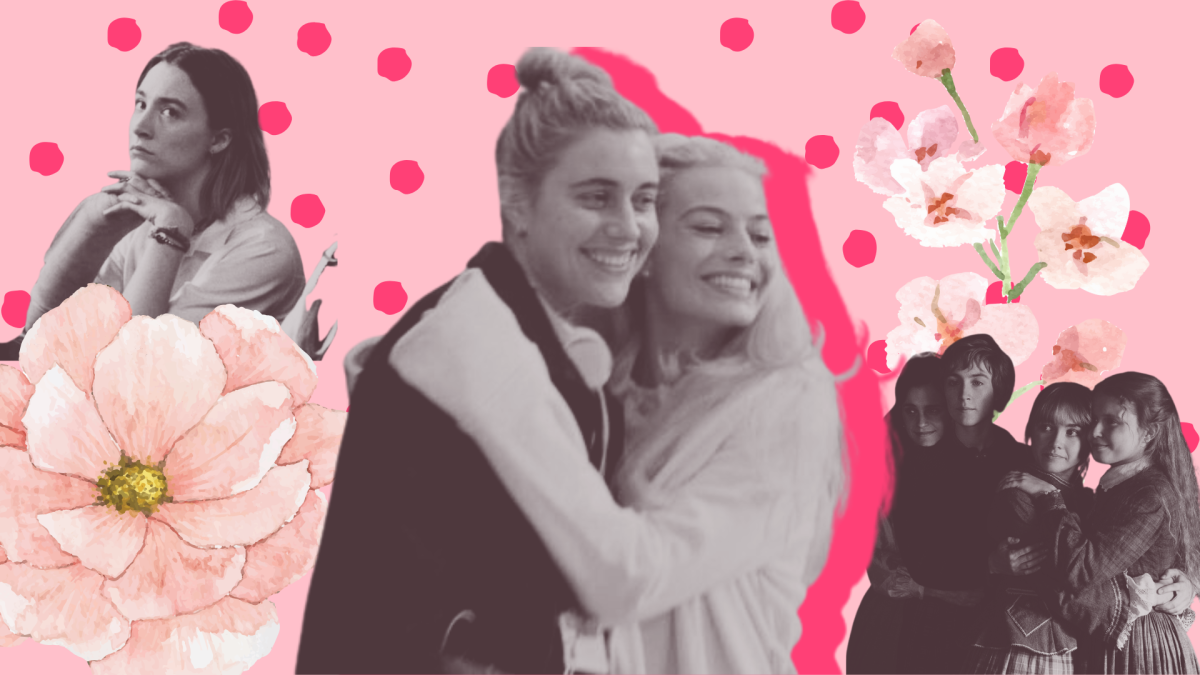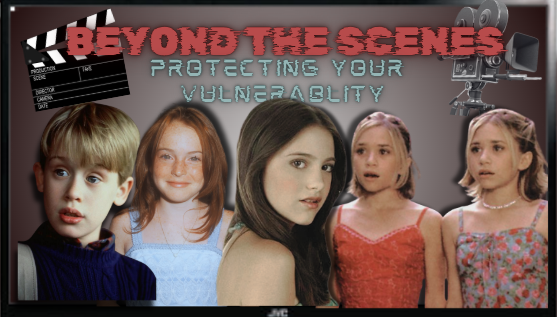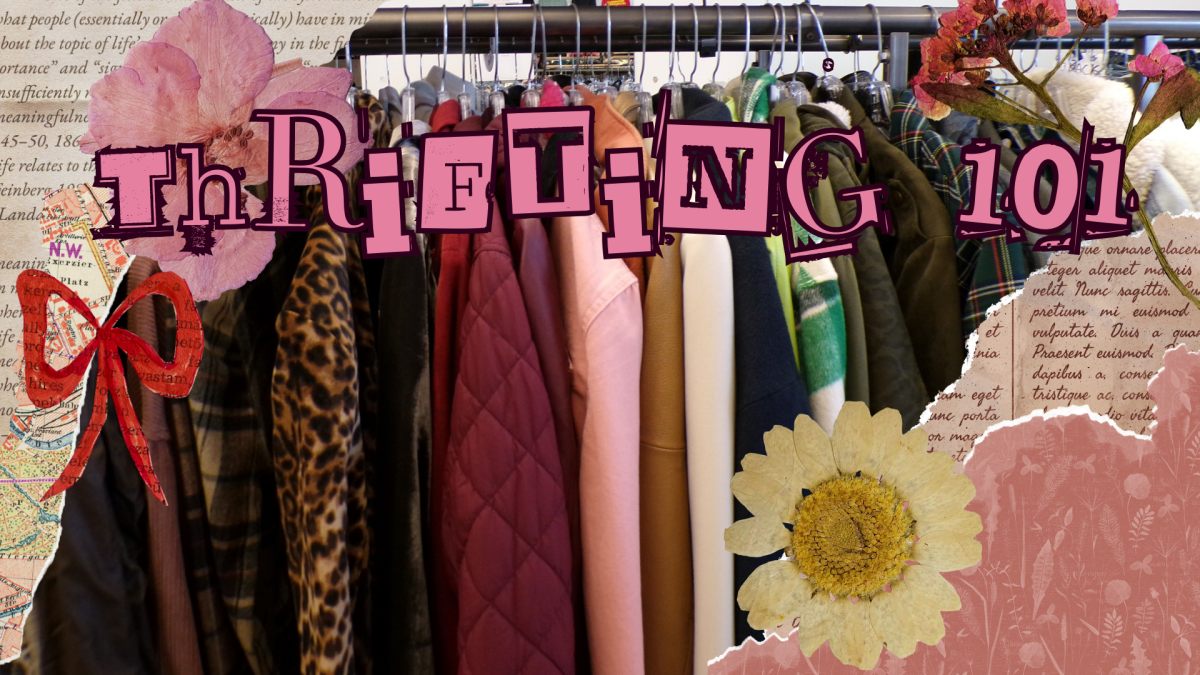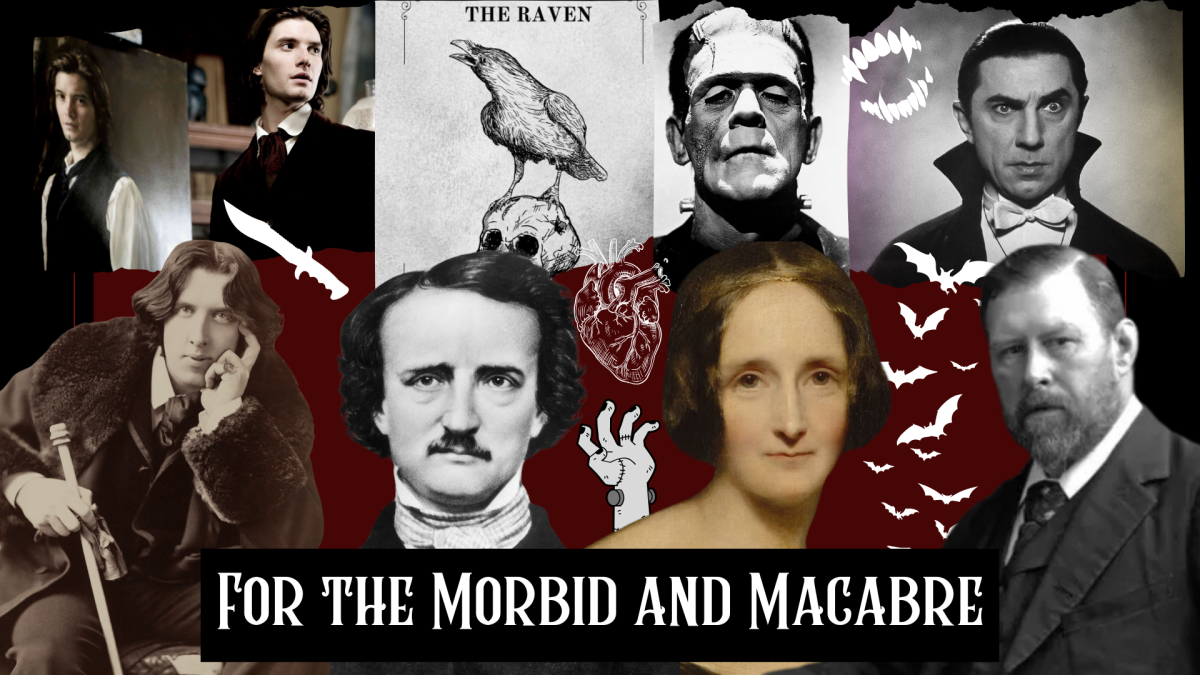On Sep. 1, 2017, American director and screenwriter Greta Gerwig began her directing career with the release of “Lady Bird,” and has since become the people’s princess. Across her three movies (“Lady Bird,” “Little Women,” and “Barbie”), the recurring themes of adulting, double standards, female autonomy and mother-daughter relationships perfectly capture the essence of girlhood. With Gerwig as a co-writer of the new live-action “Snow White,” the same themes are highlighted. Although “Snow White” has received backlash due to Rachel Zegler’s Colombian descent and strays from the plot of Disney’s 1937 animated movie, the new aspects cater to young girls, looking to empower and inspire them.
In a Variety interview, Rachel Zegler said, “One of the core points in our film for any young woman or young person is remembering how strong you actually are.”
Like many of her films, Gerwig writes the titular character, Snow White, as someone women can relate to and feel comforted by. By portraying a princess who is flawed and who struggles as any woman does, Gerwig paves a path for young girls to be themselves loudly.
Adulting
Growing up is hard, and Gerwig acknowledges and portrays this in her films. In “Barbie,” Stereotypical Barbie (Margot Robbie) malfunctions, which brings her thoughts of death, cellulite and flat feet. To fix these awful impairments, Barbie seeks out Weird Barbie (Kate McKinnon), who offers her a pink heel, which represents ignorance and stability, or a Birkenstock, which represents the truth. Even though Barbie chooses the pink heel, Weird Barbie forces her to pick the Birkenstock. This comedic skit in the movie ultimately exemplifies how maturing is a human experience that cannot be stopped, no matter how hard one tries.
Accepting change and the end of childhood is also a significant part of adulthood. In “Lady Bird,” Lady Bird (Saoirse Ronan) moves off to college, but before moving, she takes down the clutter of decoration in her room and paints her childish, innocent pink walls a more focused, mature white color. The change from pink to white visually represents the change from youth to adulthood.
Like the walls changing color in “Lady Bird,” Gerwig utilizes color in “Little Women” to differentiate youth from adult years. When the girls are children, the film has a warm hue, showing how happiness and hope correspond to childhood. As the film switches scenes to the girls’ adult years, the orangish tone becomes a more tranquil blue. Again, the color change demonstrates the loss of vibrancy and innocence of childhood.
Although growing up can be difficult and ultimately depressing, there are several things in adult life that make people feel like children again. Theodore “Laurie” Laurence (Timothée Chalamet) in “Little Women” loves to dance with Jo March (Saoirse Ronan) in a way that is considered discourteous. Still, these moments are some of very few where Jo is excited and happy. Laurie helped Jo feel young again, showing how people can help rejuvenate others.
A student at Mater Dei High School remarks on times when she experienced moments similar to those of Jo and Laurie. “When I was little, I had a dream of becoming a soccer star! I love my teammates so much, but these past five years have made me dislike soccer so much. My teammates are the only thing keeping me sane,” said Savanna Roy.
Double Standards
In today’s society, the double standard is extremely evident and affects women daily. Throughout her films, Gerwig calls out this disheartening normalcy. In one of the most notable scenes in the “Barbie” movie, Gloria (America Ferrera) performs a monologue about all the hardships of being a woman.
She said, “You have to answer for men’s bad behavior, which is insane, but if you point that out, you’re accused of complaining.” This bitter truth has become an everyday event for lots of women.
Jewelyssa Sedillo, junior filmmaker at HBHS, remembers times when a person of higher power invalidated her feelings because she was a woman. However, she said, that the powerful figure acknowledged a man’s similar feelings.
Similarly, in “Little Women,” Amy March (Florence Pugh) also performs a monologue where she speaks about the finances of a married woman. “[As] a woman, I have no way to make money, not enough to earn a living and support my family. And even if I had my own money, which I don’t, it would belong to my husband the minute we were married. If we had children, they would belong to him, not me. They would be his property,” she said.
Here, Gerwig’s introspective writing draws social norms from the 1860s and makes them relevant to today’s society.
Female Autonomy
One of the most called-upon themes in Gerwig’s films is female autonomy. Her female characters are very independent and strive to create their own identity. In Barbieland, the gender roles are reversed from those in the real world. Women hold all the power in government over men and have jobs such as astronauts, lawyers and construction. They even have a female president. Additionally, at the end of the “Barbie” movie, Barbie does not end up with a man and instead becomes a human in the Real World where she can just be a woman. Even before the film, Barbie was empowering and showed women worldwide that they could shine without a man’s guidance or support.
Barbie was born into a world where women are above men, but most girls do not have that privilege. The boyish Jo March wants to become a writer despite the fact that she’s a woman who can not make a lot of money from that job, especially given the time period. However, she persists and publishes a successful book. Jo challenges social norms and expresses how ridiculous those standards are.
Jo says, “I’m so sick of people saying that love is all a woman is fit for.”
While being a successful woman is a great accomplishment, Jo is also successful in love, showing that women can work and find love. It doesn’t have to be just one or the other.
Constance Palmer, a Gerwig fan and a freshman at HBHS, said, “Women are already so strong and so capable, so I feel like we can do literally anything.”
Another character who acts against what society wants women to look like is Lady Bird. She is a messy, awkward girl with a loud personality and wants to attend college in New York rather than in her hometown. This type of female character is refreshing to see on screen and inspires young girls to embrace their own personality rather than change it.
Mother-Daughter Relationship
Every girl has different relationships with their mothers, but all relationships have ups and downs. In “Barbie,” Gloria and her daughter, Sasha (Ariana Greenblatt), were best friends when Sasha was a little girl. They played with Barbies, had a handshake, and made up their own Barbies. As Sasha gets older, she becomes more distant from her mom, but when she sees her mom give her monologue and be vulnerable, she realizes how amazing her mom is and begins to respect her.
Showing vulnerability is an important aspect of mother-daughter relationships. In “Little Women,” Margaret “Marmee” March (Laura Dern) tries to stay emotionally strong for her daughters by keeping her anger low and hiding her sadness in difficult situations, but when her daughter Beth March (Eliza Scanlen) dies, she sobs in Jo’s arms. This moment shows how mothers are human, too, and that it is perfectly reasonable for mothers to be vulnerable with their children. It can even make a bond stronger between mother and daughter.
At the beginning of “Lady Bird,” Lady Bird and her mother, Marion (Laurie Metcalf), cry in the car while they listen to an audiobook. Although this is one of the few times in the movie where Lady Bird and Marion share a beautiful bonding moment, the times when they become closer are in the car, where many girls feel closest to their moms.
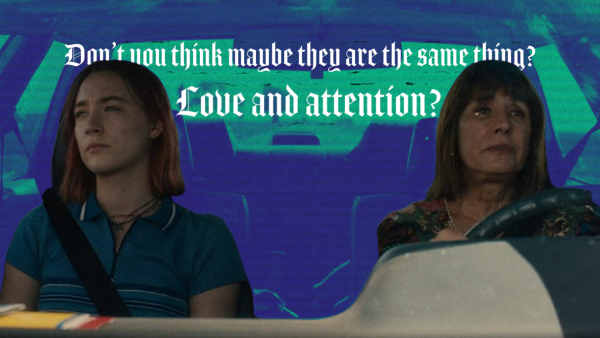
On moments where she feels closest to her mom, Palmer said, “In the car. It’s just me and her sometimes, and we just talk about anything. It’s safe.”
Furthermore, lots of girls feel that their mothers pick on them or their mothers have something to say about every little thing, which is how Lady Bird feels. However, as annoying as it may seem, the nagging comes from a place of love.
When Lady Bird talks to her high school guidance counselor, the counselor says, “Don’t you think maybe they are the same thing? Love and attention?”
Gerwig’s work is essential in inspiring the next generation. Many young filmmakers look up to her as an empowering woman and a successful director. With Gerwig as her muse, Sedillo is creating a short film about women’s struggles and how they can overcome them.
Sedillo said, “When [Gerwig] directed “Barbie” and “Little Women,” those movies have really impacted me. I really want to show the ideologies of womanhood and why women are so important in life, in general. [Gerwig] really does show that in her movies. It gave me so much insight seeing her work and seeing that a woman is able to direct and be award-winning. I want to be like her. It gives me the inspiration to be a woman director.”


